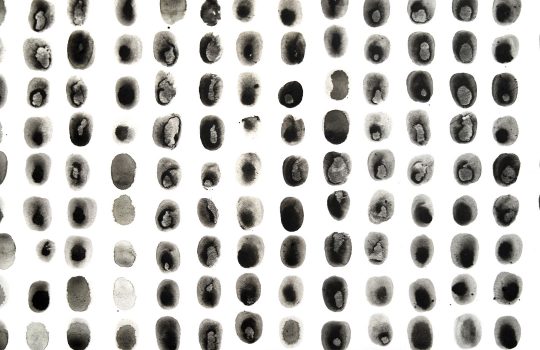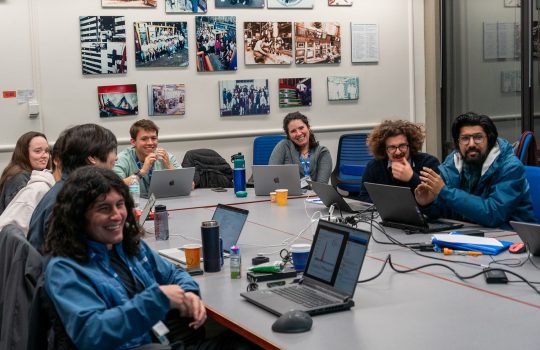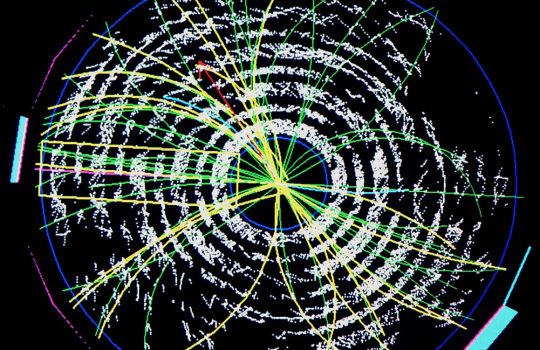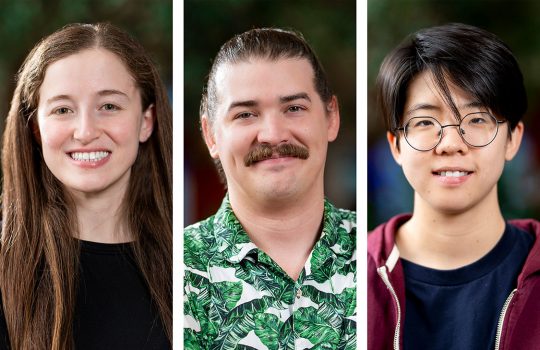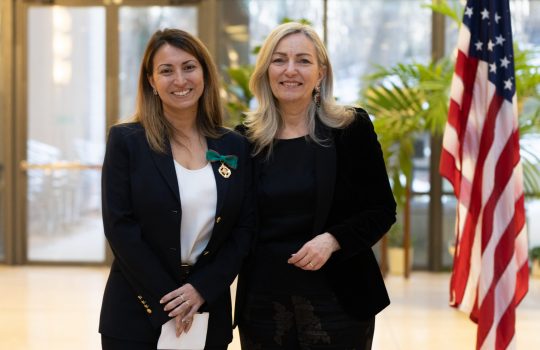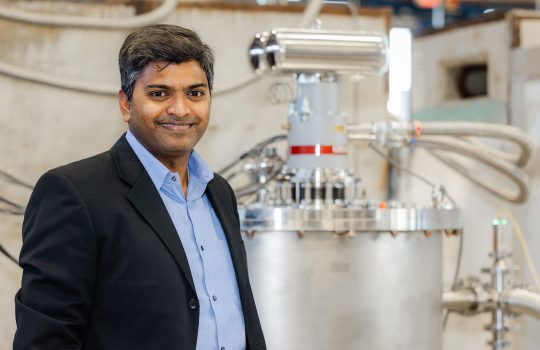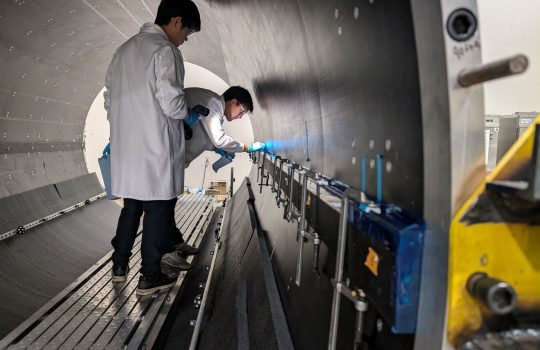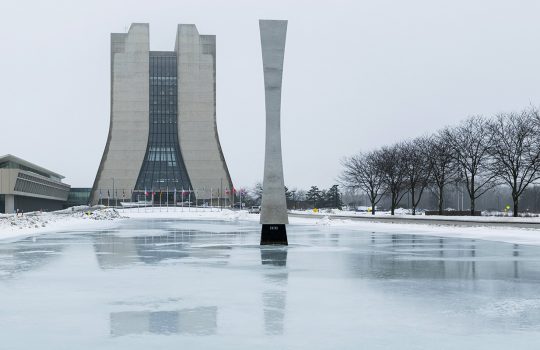Amy Nam named 2025 Fermi Forward Discovery Group Guest Composer
Amy Nam, the 2025 Fermi Forward Discovery Group Guest Composer, will use her musical talents to transform complex physics concepts from research at Fermilab into accessible auditory experiences for the public. Through her project, “The Harp Inside Schrödinger’s Box,” Nam aims to blend original harp music and spoken word to both educate and engage new audiences with quantum physics research.


